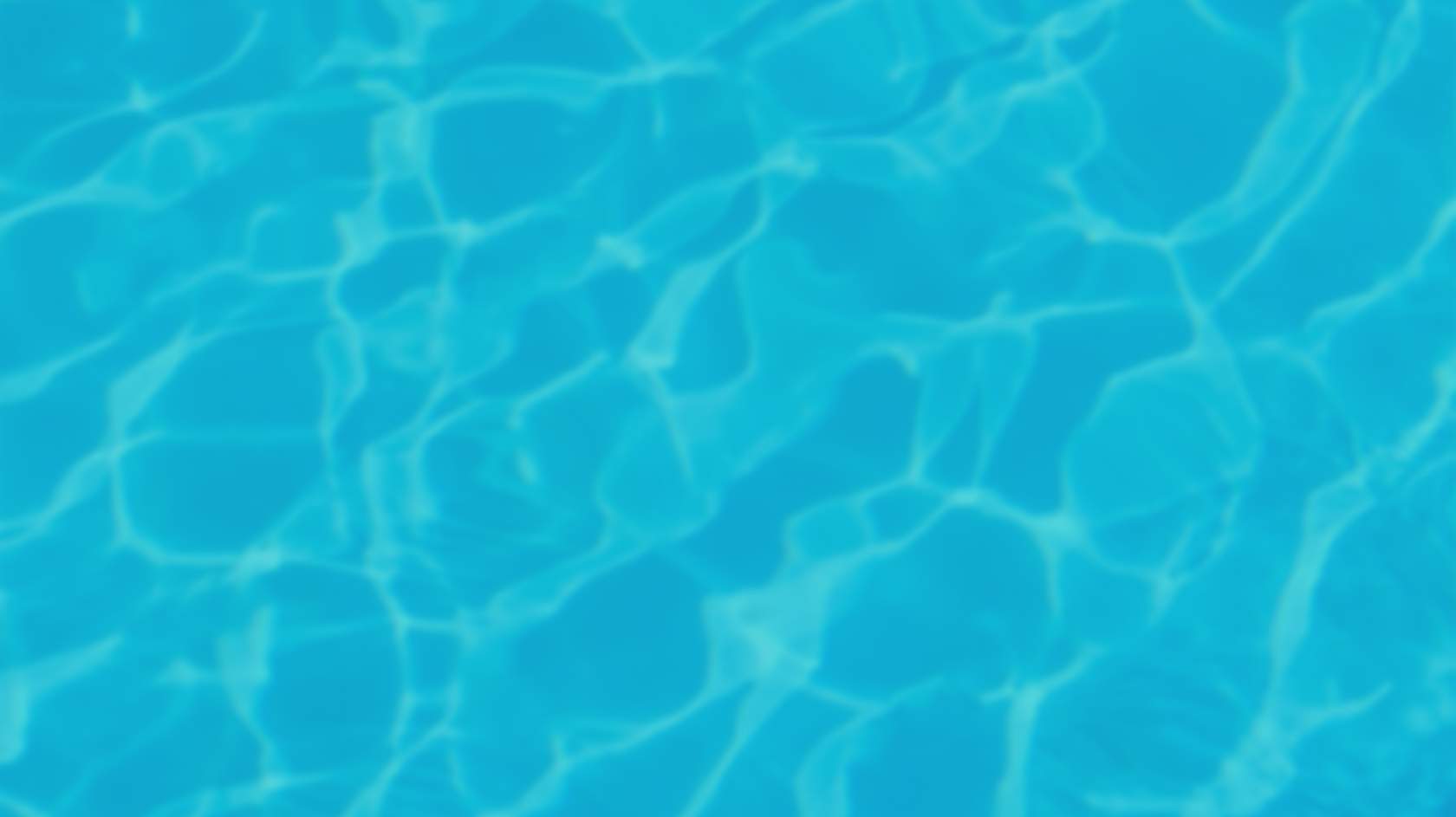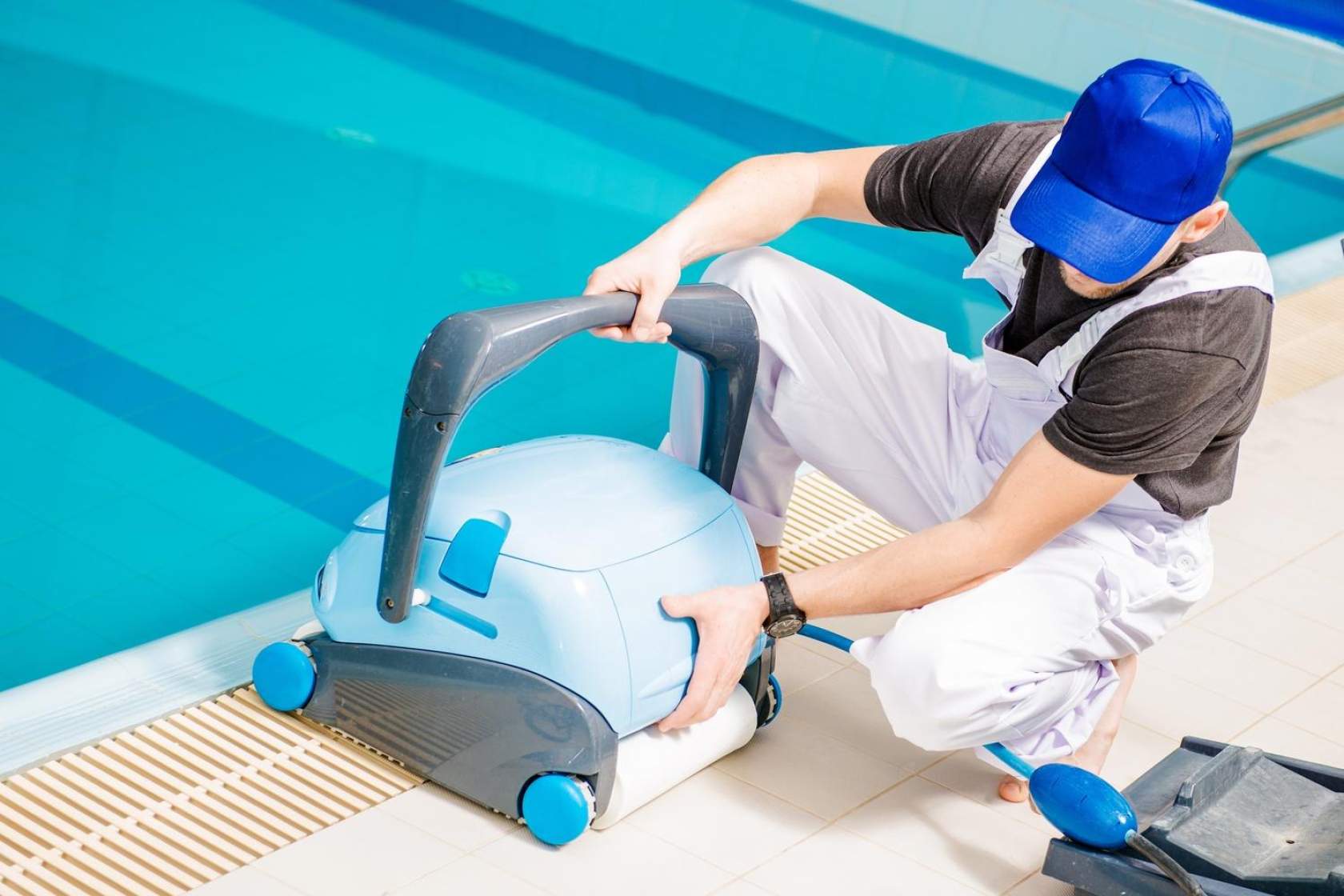

A clean sweep
As technology continues to advance, it makes pool ownership and maintenance cheaper, easier and less time-consuming. When it comes to cleaning, it’s all about set and forget with today’s automatic pool cleaners — a must have for every pool owner.
There are three basic types of automatic cleaners: robotic, suction and pressure. Each type of cleaner offers a range of functions and features. Understanding the differences will help guide your decision when choosing the right cleaner for you and your pool.
Robotic cleaners
Robotic cleaners are designed to take the work out of pool cleaning. Plug the cleaner in, drop it in the water and leave it to do its thing. These little beauties manoeuvre around the pool, picking up dirt, leaves and other items, giving the pool floor and walls a quick scrub as they go. They collect debris into a dedicated container, which means you’ll need to empty it after each use.
They may not be the cheapest option when it comes to initial outlay, but robotic cleaners are very energy efficient and include their own power supply, so you’ll find they’re more economical to run than other types. If you really care about saving energy and water, look for a cleaner that has been Climate Care Certified — it’s your guarantee that manufacturer claims about efficiency and sustainability have been verified by an independent third party.
Robots are available in a range of makes and models to suit pools of all types, shapes and sizes. They generally come with different cleaning options that can be programmed. They’re
getting smarter by the day, with models now available that incorporate Wi-Fi connectivity and can be controlled from anywhere via an app. Many manufacturers offer an online selection tool to help you determine which type of robotic cleaner is the best choice for your pool and lifestyle.
Suction cleaners
Suction cleaners have been around for decades and remain a popular choice. They work by attaching a hose to the skimmer outlet and using the suction from your pool’s filtration system. The hose stays on the water surface while the cleaner goes about its business on the pool floor.
The upfront cost is cheaper than a robotic cleaner but, as they only work when the pool pump is in operation, running costs can escalate. They also rely on strong suction to push the
cleaner around, so you may have to adjust the water flow or pressure to ensure smooth operation. Be warned, if you have installed a variable speed pool pump to save energy, a suction
cleaner may struggle to perform effectively.
Leaves, dirt and debris are collected and sent to the skimmer basket, so you’ll need to monitor and empty after every clean. In addition, when the hose is attached to the outlet, the skimmer won’t draw in debris from the water surface, which means everything sinks to the floor for the cleaner to pick up.
Again, many different makes and models are available, but you will really need to do your research, as they are not all suited to every shape and style of pool. Check out your options online or ask at your local pool store, as some models are more suited than others to sharp corners, curved walls, certain surfaces and obstacles like steps, drains or ladders. You will also need to ensure the hose length is adequate to allow access to the entire pool.
Pressure cleaners
A great option for pools with lots of debris including larger items like twigs, gumnuts, insects and high levels of leaf litter, pressure cleaners use a dedicated pool line and run off the water pressure from the pump. Some types may also require a separate booster pump, which means using more energy.
Pressure cleaners have a compartment to collect debris, much the same as robotic cleaners, which need to be emptied regularly to ensure smooth operation. Most models lack a brush on the base, so they act more like a vacuum without the additional scrubbing functionality that other types of cleaners can provide.
There are plenty of pressure cleaner choices on the market, though all are not created equal. Some are better climbers than others and many incorporate parts that will require ongoing maintenance and replacement. It is not an easy exercise to retrofit if your pool lacks a dedicated pool line, so other options may be a better bet.
Talk to an expert
Take your time to do some research and speak to an expert who can help guide you. The specifics of your pool are the single biggest influence when it comes to the most appropriate
choice. While it can be helpful to ask other pool owners what they think, just because a particular type of cleaner works well for someone else doesn’t mean it’s the right choice for you and your pool. A SPASA accredited professional knows the questions to ask and can offer the right advice, ensuring you get the most from your investment.
